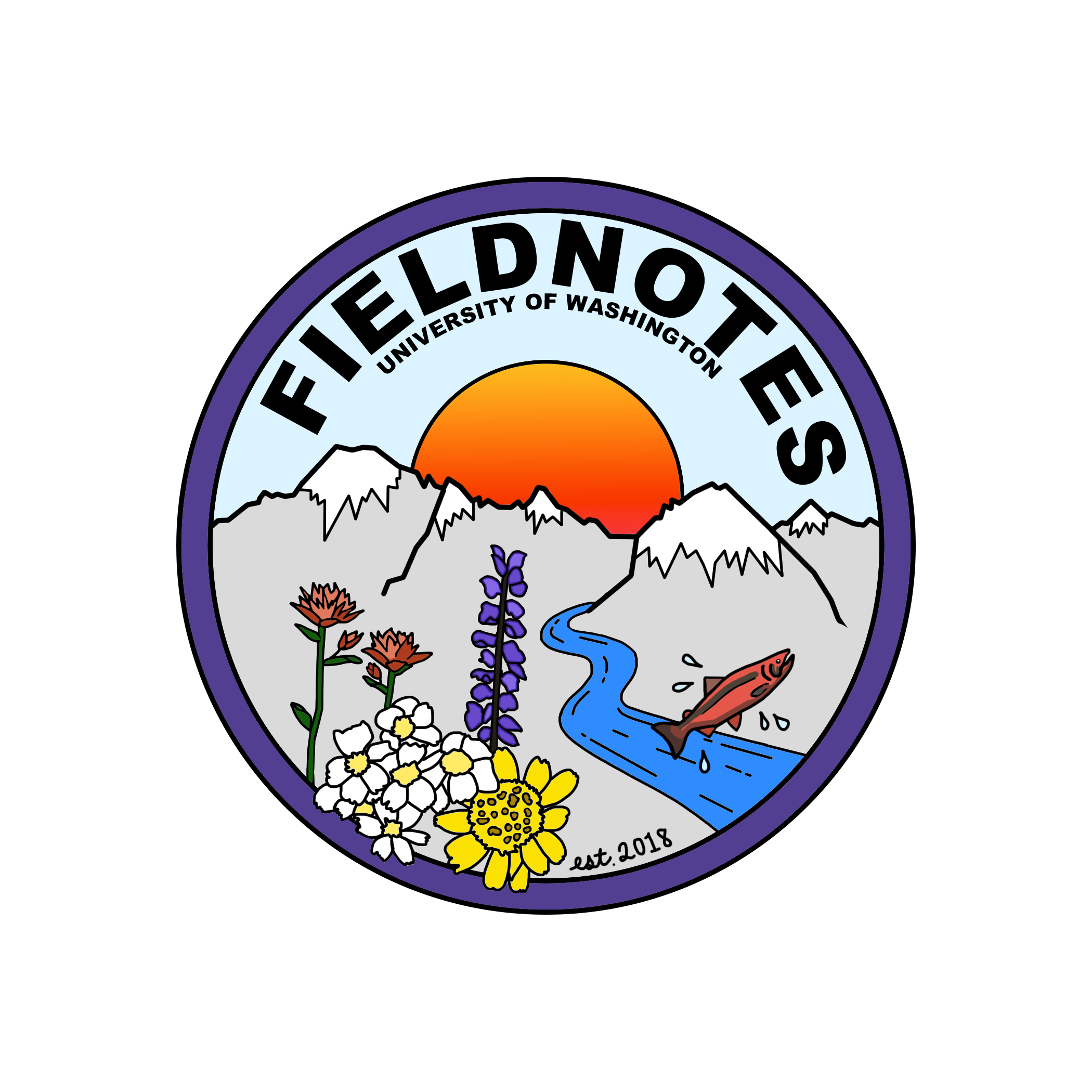Mangroves, Tidal Marshes, and Seagrass Beds. Oh my!
A look into coastal ecosystems and their role in global carbon sequestration
by Celine Tang
The news is chock full of discussions about carbon emissions and its global consequences, but rarely does the term ‘blue carbon’ arise. Despite being a relevant concept to the global carbon cycle, this term was coined only a decade ago when public attention was being drawn to the degradation of marine environments. Blue carbon refers specifically to the carbon which is sequestered (or stored) in marine and coastal ecosystems. These ecosystems primarily include mangroves, tidal marshes, and seagrass beds, where both the soils and plants in these environments uptake carbon through biological processes. Some may be surprised, but marine ecosystems store more carbon per unit area than terrestrial forests, which is why blue carbon is an essential factor to consider in the climate change crisis. Below is a visual representation of the carbon storage between different ecosystems.
From: PCC 2013 Supplement to the 2006 Guidelines for National Greenhouse Gas Inventories: Wetlands
Globally, these coastal ecosystems are being removed and degraded through human activities. Of our global historic coverage, we have lost 30% of seagrass beds and 50% of tidal marshes. Consequently, the degradation and removal of these natural environments results in the release of centuries of stored carbon, conversely becoming a source of greenhouse gases. Organizations such as the Blue Carbon Initiative, the Blue Carbon Scientific Working Group, and the Blue Carbon Policy Working Group are working in conjunction to globally reverse these effects through conservation and restoration work. The goal of these conservation efforts is to maintain currently existing coastal ecosystems by protecting them from human activities such as aquaculture, agriculture, mangrove forest exploitation, pollution, and coastal development, whereas the restoration work of these organizations aims to replace areas that were removed or deeply degraded in the past.
Here in the Pacific Northwest, people like Robin Rybsczyk are busy accomplishing this type of restoration work. Rybczyk is a researcher at Western Washington University who paired up with Earth Corps and Restore America’s Estuaries to restore the Snohomish Estuary, a wetland ecosystem. Their work is highlighted in the short film ‘Blue Carbon - A Story from the Snohomish Estuary’ produced by Benjamin Drummond and Sara Joy Steele. The film highlights the benefits a healthy Snohomish Estuary would bring, as well as the people involved in making this reality come true. The work shown in this film is incredibly important, for if the entire Snohomish Estuary were to be restored, 8.9 million tons of CO2 would be captured over the next 100 years. This would be equivalent to taking 1.7 million cars off of the road. Wetlands are efficient carbon sequesters for several reasons: (1) wetlands are very productive and create large amounts of plant biomass, (2) there is little oxygen in the soils which slows down the decomposition of organic matter, and (3) wetlands build up soil fairly rapidly. Overall, all of these reasons increase the amount of carbon that is buried, leading to an overall decrease of CO2 in the atmosphere.
An aerial view of the Snohomish Estuary. Credit: Benjamin Drummond & Sara Joy Steele)
Global carbon sequestration is not the only benefit of coastal restoration actions. Healthy marine ecosystems such as the Snohomish Estuary also improve water quality, provide habitat for many organisms, and protect shorelines from flooding. Economically, these benefits ensure that marine industries are robust, such as fisheries harvesting species that depend on these environments for habitat and foraging. Ultimately, the multitude of assets that healthy coastal ecosystems provide creates a compelling case to support blue carbon initiatives now and in the future.
References
“Blue Carbon.” EarthCorps, EarthCorps, 20 Feb. 2018, www.earthcorps.org/our-story/key-initiatives/blue-carbon/.
“Blue Carbon.” IUCN, IUCN, 18 May 2018, www.iucn.org/resources/issues-briefs/blue-carbon.
“What Is Blue Carbon?” The Blue Carbon Initiative, The Blue Carbon Initiative, 2019, www.thebluecarboninitiative.org/about-blue-carbon#cost-effective.


